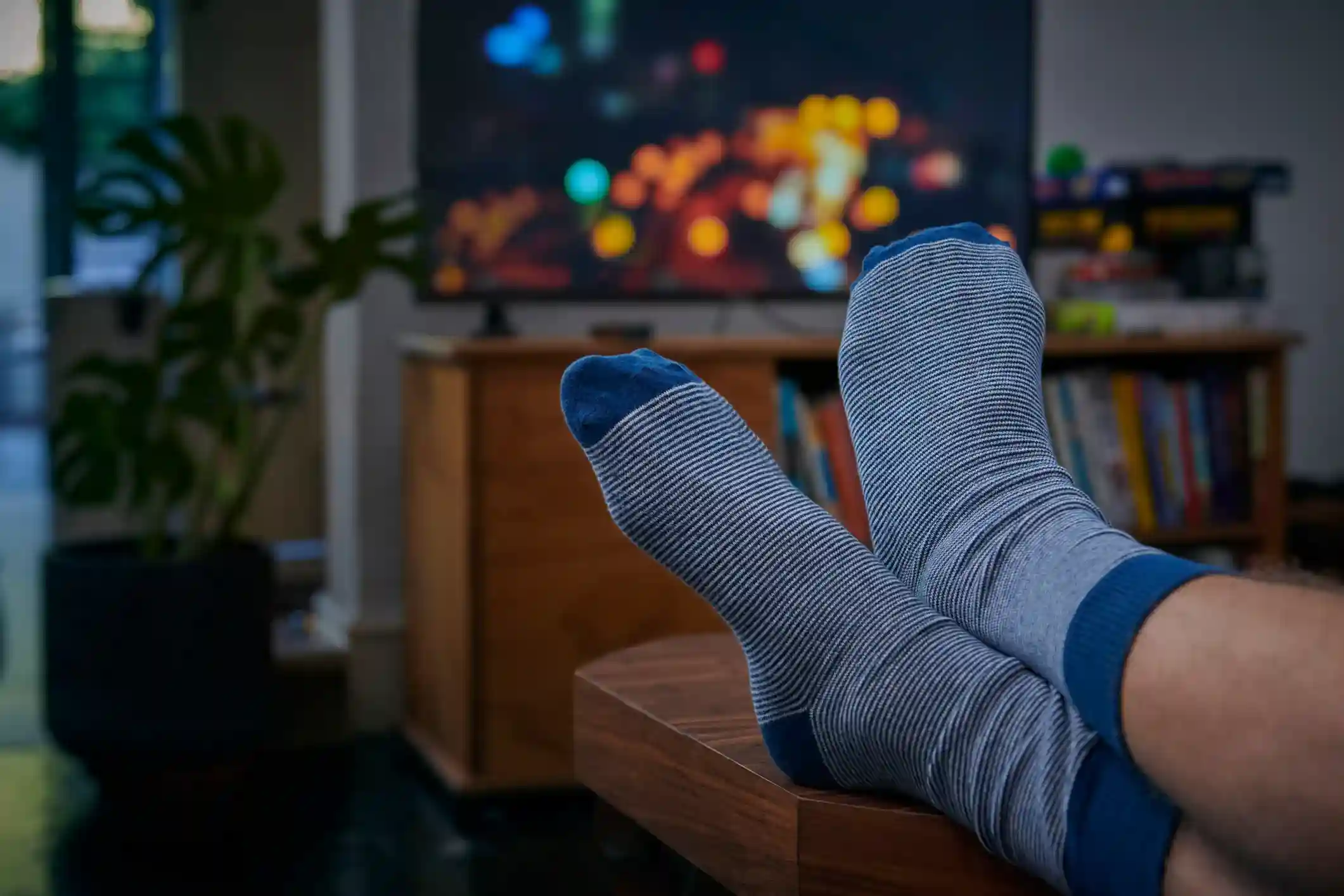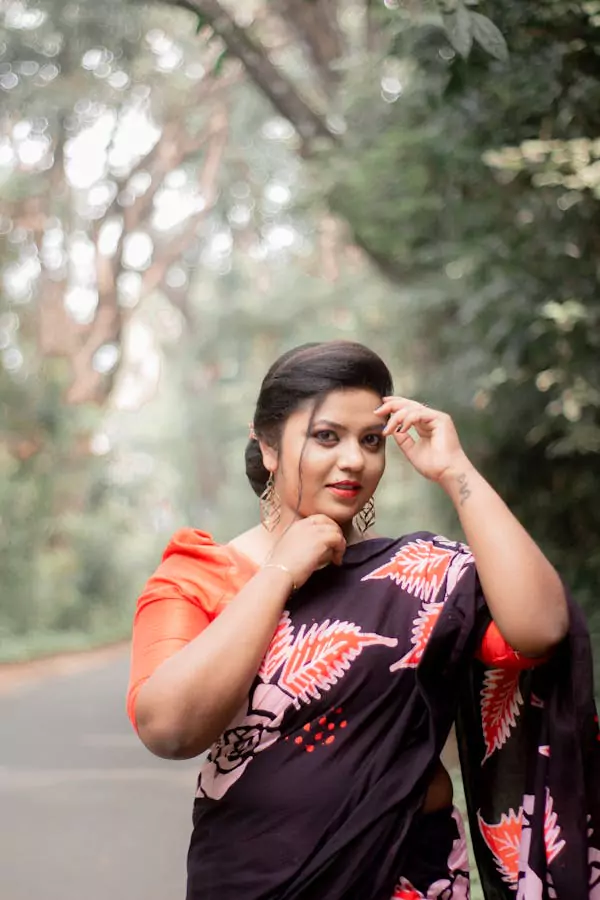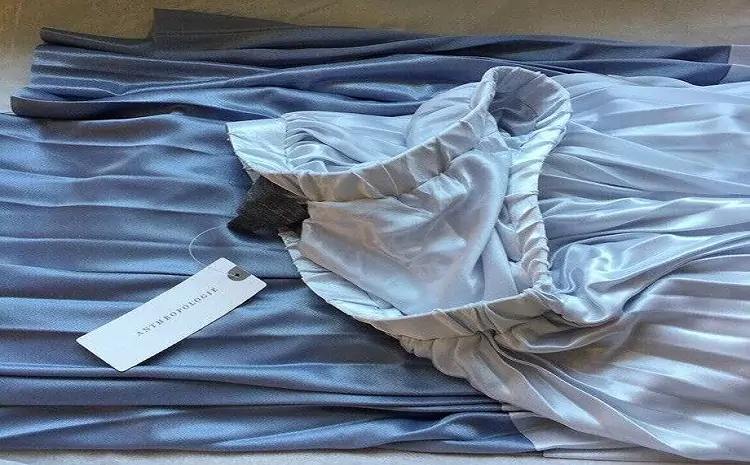Function to Fashion: The Evolution and Importance of Choosing the Right Socks
Socks history can be traced back to around the 8th century BC, and the first evidence of them goes back to ancient Greece. They were first made from the skins of animals wrapped around the ankles. The Romans began sewing together fabrics in the 2nd century AD to create a pair of “udones” fitted socks, as they called them. The revolution came when the knitting machine for mass production was created by William Lee in 1589. Today, it is no more a question of socks for warmth and protection. They are a style statement, a need of sportswear, and a marker of sophistication in formal wear.
The Importance of Choosing the Right Sock
The need to choose the right pair of socks for various occasions and weather calls for their being very critical, not only for comfort but health safety too. Good socks will prevent one from acquiring blisters, fungal infections, and other discomforts. Can as well be great complements of the outfit, combining with harmony their color or acting boldly to serve as a highlight when expressing their individuality in style.The Importance of Choosing the Right Sock
Types of Socks by Length
1. No-Show Socks
No-show socks are designed to give the appearance of bare feet when wearing shoes like loafers or sneakers. They’re essential for achieving a clean, modern look without sacrificing comfort or protection against blisters.
2. Ankle Socks
Slightly more visible than no-shows, ankle socks cover the entire foot up to the ankle and are ideal for casual wear and light sports. They offer a blend of protection while keeping the casual aesthetic.
3. Quarter Socks
Quarter socks rise just above the ankle, providing extra protection and support, ideal for more active pursuits or longer wear periods. They bridge the gap between casual and performance wear.
4. Crew Socks
Crew socks are the most versatile, extending up to mid-calf. Perfect for both casual and formal wear, they pair well with nearly all types of shoes and are favored for their comfort and style adaptability.
5. Mid-Calf Socks
These are typically seen in more formal or professional settings, offering additional coverage up to the calf and are often chosen for their comfort and protective qualities in cooler environments.
6. Knee-High Socks
Knee-high socks are popular among women for fashion and function, providing warmth and style under boots or with skirts. They are also part of traditional attire in various cultural outfits.
7. Thigh-High Socks
Thigh-highs offer extensive coverage up to the thigh, mainly worn for fashion purposes. They are popular in women’s fashion for their ability to combine warmth and style effectively.
Types of Socks by Purpose
1. Athletic Socks
Specifically designed for physical activities, these socks feature moisture-wicking properties, cushioning, and sometimes compression to enhance performance and comfort during sports or workouts.
2. Dress Socks
Typically made from finer materials, dress socks are thinner and designed to be worn with formal attire. They focus on style and are intended to blend seamlessly with upscale shoes and suits.
3. Thermal Socks
Constructed with heavier materials for insulation, thermal socks are intended to be worn in colder conditions to maintain warmth and comfort.
4. Specialty Socks
This category includes socks with specific functions, such as padded socks for extra cushioning, moisture-control socks for better hygiene, or medical socks designed for those with diabetes or other conditions requiring foot care.
Categories of Socks by Material:
Cotton
Generally, cotton is the material used in the making of socks. The most important thing for the person to wear cotton socks is its quality of breathable, providing ease to the casual wearer. Cotton socks ensure the comfort of the foot by absorbing sweat outside the skin, whereby it is evaporated in a dry form. They may not, however, be ideal for very sweaty feet or very humid conditions, since once cotton is wet, it takes long to dry. Ideal for casuals and light activities.
Wool
Woolen socks are taken as very special and popularly demanded since they will help in insulation. They keep feet warm during cold weather, and, surprisingly, they happen to have wicking nature from natural moisture, either in hot or cold weather. Wool can also absorb high moisture without getting the feeling that it is wet—much more than cotton, that is.
This consequently gives woolen socks a high demand for hiking and outdoor activities, especially in relatively cooler environments. They are also naturally resistant to odors.
Synthetic
Socks are also commonly made with synthetic materials, including things such as polyester, nylon, and spandex. These particular materials dry very quickly and are known to last. Synthetic socks are great for any sport or physical exercise since it has the ability to wick moisture from the skin, thus avoiding blisters and discomfort with prolonged vigorous activity. The material also has the ability to return to its shape and does not wear out easily.
Blends
Blended fiber incorporates the features of each fiber in order to yield comfort, durability, and functionality with optimization. Example: Blended fabrics combine the features of several fibers. This blend allows fitting to feel nice against the skin, yet at the same time, be durable enough to take the wear and wash; blends are common in performance socks because they assist better in balancing moisture, fitting, and comfort. The different materials have their advantages, and thus some socks are more appropriate for one activity or weather condition than another. The selection of the right material will make sure enough comfort is achieved and further would make this article of clothing work correctly to enhance foot health.
Choosing Right Socks: The Following Factors Would Help
The process of choosing a pair of socks involves way more than deciding on a color or pattern of your whim, which would appeal to your style sense. Definitely, understanding this entire difference would help definitely in ensuring that you find a great product for your overall comfort, health, and satisfaction.
Material
The fabric of the socks will make all the difference in comfort, wear, and which socks are appropriate for which climates and activity.
– Warm Climates: In very warm weather, it’s definitely preferable for the materials to whisk moisture away from your skin, such as lightweight merino wool or some synthetic mix. They have the ability to keep the feet cool and dry.
– Cold climate: This means that in cold temperatures, thicker woolen socks will perfectly insulate the feet because they trap the heat; thus, keeping the feet warm.
– Activity-Specific Needs: For hiking or running, the best choice would be made from synthetic material boasting quick-drying properties and durability.
Length
Choose the length of the sock according to the occasion and the type of footwear you are going to use.
– No-Show: Ideal for all low-cut shoes like loafers or even casual sneakers where you don’t want the socks to show.
– Ankle or quarter-length: Perfect for athletic or casual shoes when you need a balance of coverage and comfort.
– Crew or Knee-High: Great for boots, or when more cover-up is desired—perfect for those corporate functions, or in cooler weather.
Fit
A proper fit is of critical importance in order to make them comfortable and also to avoid issues like blisters or problems with circulation.
– Snug but not tight: Socks should fit snugly around the foot and ankle without being, in turn, so tight that they cut off circulation. There shall be no bunching of material to create points of irritation or blisters.
– No Slipping: Socks shouldn’t ride into your shoe. Look for socks with firm elastic bands but not too constricting that will stay up when worn all day.
Specific Features
For such purposes, you may also consider socks that have such features:
– Padding: The high-activity walker or runner will welcome socks with added padding in the soles of the foot at high-stress areas such as the heel, ball, and toes.
– Compression: Socks designed for compression are good for circulation and muscle fatigue, i.e. athletes or anybody who has to stand all day for work.
– Speciality Socks: A special medical need, such as diabetes, may have an individual opting for speciality socks that give extra comfort, wick moisture away from the foot, and offer a loose fit.
Take all these into consideration in what makes the best pair of socks, and the difference can literally be felt in day-long foot comfort and problems with your feet. Just vary this set of considerations based on your activity level, your environment, and any foot-specific health concerns.
Conclusion:
Understanding the differences in socks and what each pair is best purposed for can make a serious difference in comfort, performance, and style. Choose socks well, and your feet will be healthy and appropriately dressed for whatever occasion may come their way. After all, it is definitely a part of daily dress and specialty activities.



